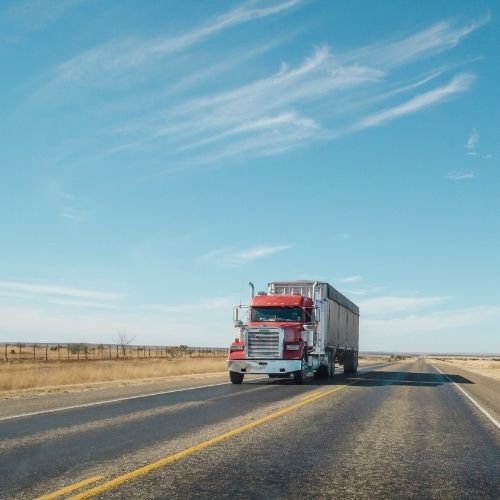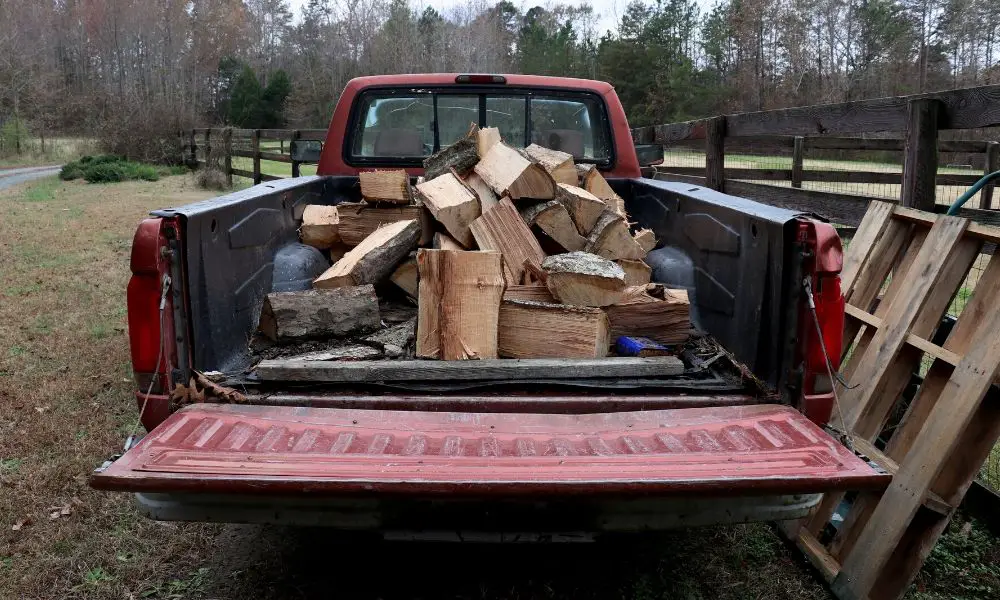We may get commissions for purchases made through links in this post. Thanks for the support! 👍
If you have seen a semi-truck on the road you may have noticed the small metal flaps located on top of their exhaust pipes. This concept may seem odd if you compare it to ordinary passenger vehicles, but the pieces of metal serve an important purpose.
Why do semi-truck exhausts have flaps on their exhaust? They are actually lids they keep rain, snow, and debris from getting into the exhaust system of the truck. They are able to open due to exhaust gasses, but close quickly to keep debris out of the engine, and keep the exhaust in internals of the drivetrain from rusting.
What Do These Flaps Do?

These flaps are formally called “Rain Caps” and are used as lids to cover the opening on the exhaust pipes. Most passenger vehicles possess an exhaust system that ends with a pipe that blows out leftover fumes. These pipes are normally sitting in a neutral or downward position.
This creates very little risk of contaminants being able to get inside the exhaust system. On semi-trucks, also known as 18 wheelers, have exhaust pipes that are oriented in an upward position. This leaves the exit port vulnerable to any falling debris or liquids. These flaps securely cover the entry point and preserve the purity of the exhaust system.
Rain caps work by opening and closing with the flow of air that is expelled from the exhaust pipe. They fasten to the metal pipe and have a hinge to allow them to move. Rain caps are lightweight.
The force of the gas being propelled from the engine is enough to force it open while the truck is being driven down the road. They are heavy enough to close with the force of gravity alone when the vehicle is parked. This method of operation allows rain caps to perform the task of keeping water out of the exhaust system without compromising the performance of the truck.
What Happens When Water Gets In The Exhaust System?

When water gets into an exhaust system it can cause a handful of problems. Water can cause the metal in the pipes to rust. Exhaust systems are designed to be airtight at the portions closest to the engine.
When holes are made far enough along it will negatively affect the performance of your engine.
Some exhaust pipes have holes in them from the manufacturer and they do not affect the performance of the system negatively. If you get enough water in your system it can also cause a head gasket to fail inside your engine.
When a head gasket blows it fails to hold an airtight seal, and your engine will lose compression.
It can also allow coolants and oils to mix and lead to costly repairs.
- A quick look into if Off-Roading is bad for your Truck
- Frameless Car Windows: Why some cars don’t have window frames?
- Open Differentials: Off-Roading just isn’t what they are meant for
Conclusion
The flaps located on the end of exhaust pipes on semi-trucks are rain caps. These caps prevent rain, snow, and debris from entering the exhaust system and damaging the engine. Water getting inside the exhaust system can lead up to a blown head gasket and result in having to get costly repairs.
These small metal flaps help keep trucks running smoothly and save owners from potentially losing a great deal of money every day.

![18 Ways You Can Make Your Truck More Modern [Best Truck Accessories]](https://amanandhisgear.com/wp-content/uploads/2021/03/Lightbar.jpg)